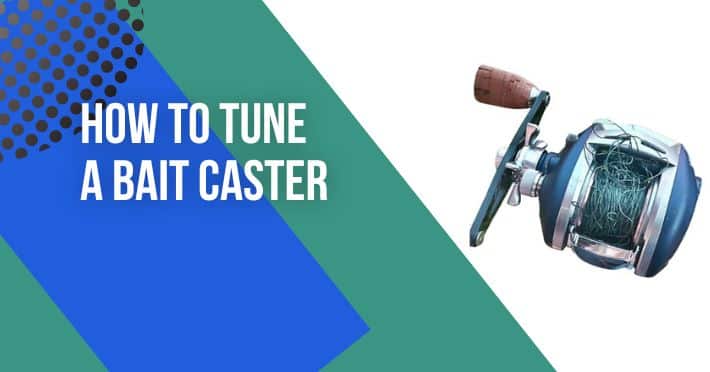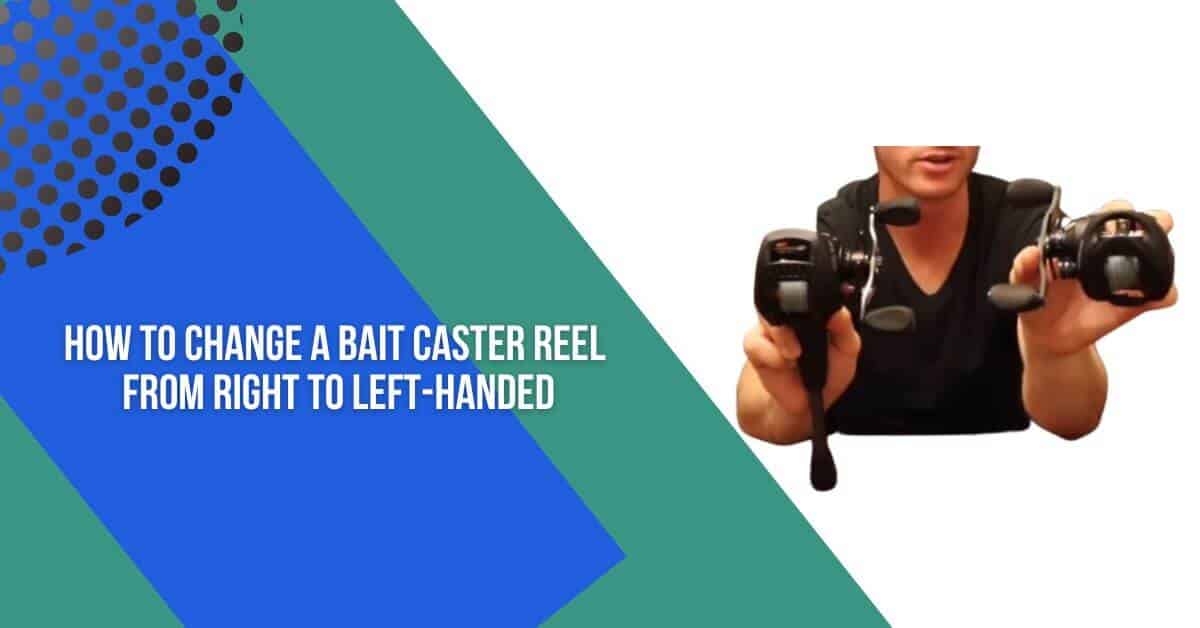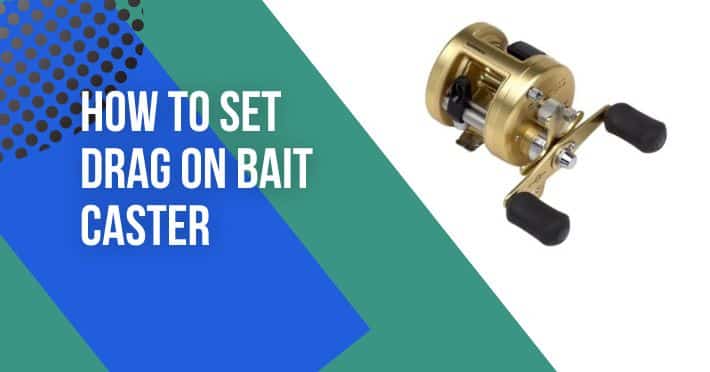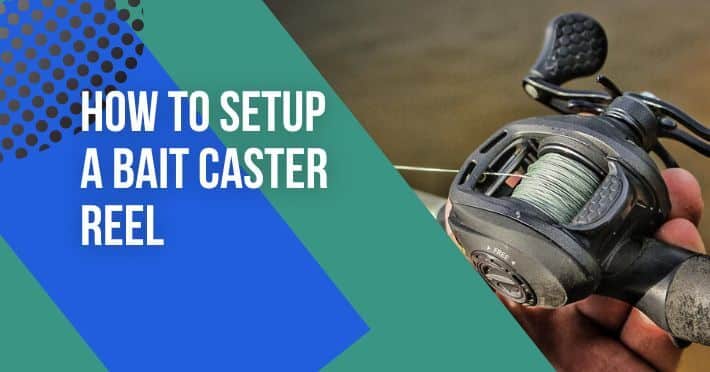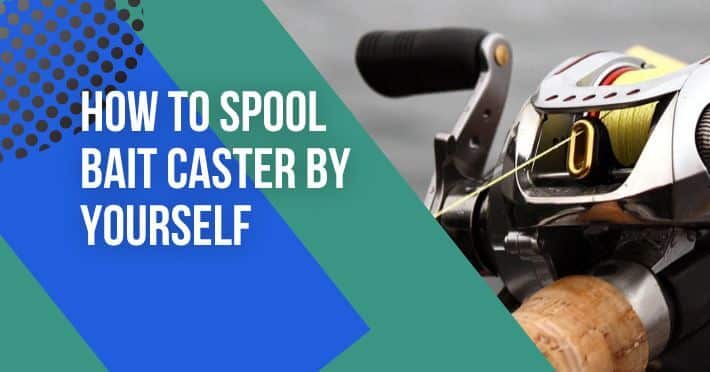Contents
- 1 Understanding the Components
- 2 Choosing the Right Rod and Reel
- 3 Spooling the Line
- 4 Mastering Basic Casting Techniques
- 5 How To Use A Casting Rod And Reel
- 6 Familiarize Yourself with the Equipment:
- 7 Prepare the Line and Lure/Bait:
- 8 Adjust the Reel Settings:
- 9 Master the Basic Casting Technique:
- 10 Practice Different Casting Techniques:
- 11 Fine-tune Your Casts:
- 12 Learn Advanced Techniques:
- 13 Practice Regularly:
- 14 Advanced Casting Techniques
- 15 Improving Accuracy and Distance
- 16 How To Cast a Spinning Rod & Reel for Beginners
- 17 What is the difference between a casting rod and a spinning rod?
- 18 Conclusion
- 19 FAQs!!
- 20 How do I choose the right fishing line for my casting reel?
- 21 How do I prevent backlash while casting?
- 22 How can I improve my casting accuracy?
- 23 How can I increase my casting distance?
- 24 How do I maintain my casting rod and reel?
Fishing with a casting rod and reel is an exhilarating experience that offers endless possibilities for anglers. Whether you’re a beginner or an experienced angler looking to enhance your skills, mastering the art of casting is essential.
how to use a casting rod and reel is essential for anglers who want to excel in their fishing endeavors. To begin, it is important to properly set up your equipment.
This comprehensive guide will take you through the fundamentals of using a casting rod and reel, providing you with the knowledge and techniques to improve your casting accuracy, distance, and overall fishing success. So, grab your gear and let’s dive in!
Understanding the Components
Before we delve into the casting techniques, let’s familiarize ourselves with the components of a casting rod and reel. Key elements include the reel, rod, line, and bait or lure. Understanding how these parts work together will lay the foundation for successful casting.
Choosing the Right Rod and Reel
Selecting the appropriate casting rod and reel combination is crucial. Factors such as rod length, power, action, and reel type should be considered based on the fishing style, target species, and personal preferences. We’ll explore these aspects in detail, helping you make an informed decision.
Spooling the Line
Properly spooling the line onto the reel is essential for smooth casting and optimal performance. We’ll guide you through the process, from selecting the right fishing line to correctly winding it onto the spool, ensuring the line is evenly distributed and avoiding tangles.
Mastering Basic Casting Techniques
a. Overhead Cast: The overhead cast is the foundation of casting techniques. We’ll break down the steps, including grip, stance, loading the rod, and executing the cast, to help you achieve accuracy and distance.
b. Sidearm Cast: The sidearm cast is useful when fishing in tight spaces or around obstacles. We’ll explain the technique, highlighting the differences from the overhead cast and providing tips for improved results.
c. Roll Cast: Ideal for situations with limited backcasting space, the roll cast utilizes the rod’s flex to propel the line forward. We’ll guide you through the proper execution of this technique.
How To Use A Casting Rod And Reel
Using a casting rod and reel can be an exciting and rewarding experience for anglers. Follow these steps to effectively utilize this fishing equipment:
Familiarize Yourself with the Equipment:
- Grip the casting rod with your dominant hand. Your fingers should wrap around the rod handle comfortably.
- Hold the reel securely with your other hand, ensuring your fingers can easily access the reel controls.
- Get acquainted with the rod’s length, weight, and flexibility, as well as the reel’s drag system and braking mechanisms.
Prepare the Line and Lure/Bait:
- Attach the appropriate fishing line to the reel by tying a secure knot or using a line-to-line connection.
- Thread the line through the rod’s guides, starting from the tip and working your way down to the reel.
- Attach the lure or bait to the end of the line using the appropriate knot or attachment method.
Adjust the Reel Settings:
- Familiarize yourself with the reel’s settings, such as the drag and braking system.
- Adjust the drag to the desired tension. It should be set tight enough to prevent the line from breaking but loose enough to allow some line to be pulled out when a fish bites.
- Adjust the braking system, if applicable, to control the speed of the spool during casting. This helps prevent backlash, which is when the line tangles on the spool.
Master the Basic Casting Technique:
- Stand with your feet shoulder-width apart and face the target area.
- Hold the rod at a slight angle, with the tip pointing towards the target.
- Hold the line against the rod with your index finger to prevent it from slipping out during the cast.
- With a smooth motion, bring the rod back and load it by flexing it slightly.
- As the rod reaches its maximum flex, swiftly bring it forward and release the line from your finger, allowing the lure or bait to propel towards the target.
- Follow through with your cast, allowing the rod to come to a natural stop.
Practice Different Casting Techniques:
- Experiment with different casting techniques such as the overhead cast, sidearm cast, and roll cast to adapt to various fishing situations.
- Each technique requires slight adjustments in grip, stance, and casting motion.
Fine-tune Your Casts:
- Pay attention to your casting accuracy and distance.
- Practice casting towards specific targets, such as markers in the water or floating objects, to improve your aim.
- Adjust your casting angle and power to achieve desired results.
- Experiment with your reel’s settings to find the ideal balance between casting distance and control.
Learn Advanced Techniques:
- Once you have mastered the basic casting technique, explore advanced techniques like pitching, flipping, and skipping.
- These techniques are useful for precise casting in tight spots or when targeting specific areas.
Practice Regularly:
- Like any skill, casting requires practice and repetition to improve.
- Regularly head to the water and practice casting techniques, focusing on accuracy and distance.
Advanced Casting Techniques
Once you’ve mastered the basics, it’s time to take your casting skills to the next level. Pitching is a technique used for accurate short-distance casts. We’ll explore the mechanics and techniques required to execute this precise cast. Flipping is ideal for targeting specific spots with precision, especially when fishing around cover. We’ll discuss the equipment, approach, and techniques involved in flipping. Skipping allows you to cast a lure or bait across the water’s surface, imitating a fleeing prey. We’ll outline the steps to achieve a skipping cast and offer tips to enhance your success.
Improving Accuracy and Distance
To become a skilled caster, you must focus on accuracy and distance. We’ll provide useful strategies and tips to enhance your accuracy, such as practicing with targets and adjusting your casting angle. Additionally, we’ll share techniques to increase your casting distance, including rod loading, timing, and adjusting your reel’s settings.
How To Cast a Spinning Rod & Reel for Beginners
What is the difference between a casting rod and a spinning rod?
A casting rod is designed to work with a casting reel, while a spinning rod is compatible with a spinning reel. The main difference lies in the placement of the reel and the line guides. In a casting rod, the line guides are on top, and the reel is positioned on the top of the rod, whereas in a spinning rod, the line guides are underneath, and the reel is mounted below the rod.
Conclusion
Using a casting rod and reel effectively requires practice, patience, and knowledge of the fundamental techniques. By understanding the components, selecting the right gear, and mastering various casting techniques, you’ll become a more skilled angler. Remember, practice makes perfect, so head out to the water, apply these techniques, and enjoy the thrill of casting your line with precision and confidence. Happy fishing!
FAQs!!
How do I choose the right fishing line for my casting reel?
Choosing the right fishing line depends on various factors, including the target species, fishing conditions, and personal preference. Monofilament, fluorocarbon, and braided lines are commonly used. Monofilament offers good versatility, fluorocarbon provides invisibility underwater, and braided lines offer strength and sensitivity. Consider the fishing conditions and consult local experts or experienced anglers to determine the most suitable line for your specific needs.
How do I prevent backlash while casting?
Backlash occurs when the spool of the casting reel spins faster than the line can unravel during a cast, resulting in tangled line. To prevent backlash, ensure that the spool tension knob on the reel is properly adjusted. Start with a slightly tighter setting and gradually loosen it until the lure or bait drops slowly and smoothly when the reel is disengaged. Additionally, practice proper casting techniques, such as applying thumb pressure on the spool to control the line’s release during the cast.
How can I improve my casting accuracy?
Improving casting accuracy requires practice and focus. One effective method is to practice casting at targets, such as floating objects or markers in the water. Concentrate on aligning your target with the tip of the rod and adjusting your casting angle accordingly. Additionally, maintaining a consistent casting motion and grip while minimizing unnecessary body movement can greatly improve accuracy. Remember to be patient and persistent, as accuracy comes with experience.
How can I increase my casting distance?
Several techniques can help increase casting distance. First, make sure to use a rod with the appropriate power and action for the desired casting distance. Additionally, practice the proper loading and unloading of the rod during the cast, using the rod’s flexibility to generate power. Timing is also crucial; release the line at the right moment to maximize the distance. Experimenting with different casting techniques, such as the pendulum cast or the off-shoulder cast, can also help achieve greater distances.
How do I maintain my casting rod and reel?
To keep your casting rod and reel in good condition, rinse them with fresh water after each fishing trip to remove salt, sand, or dirt. Check the rod guides for any signs of damage or wear and replace them if necessary. Lubricate the reel’s moving parts according to the manufacturer’s instructions to ensure smooth operation. Store your rod and reel in a dry and secure place to prevent any damage or corrosion.


